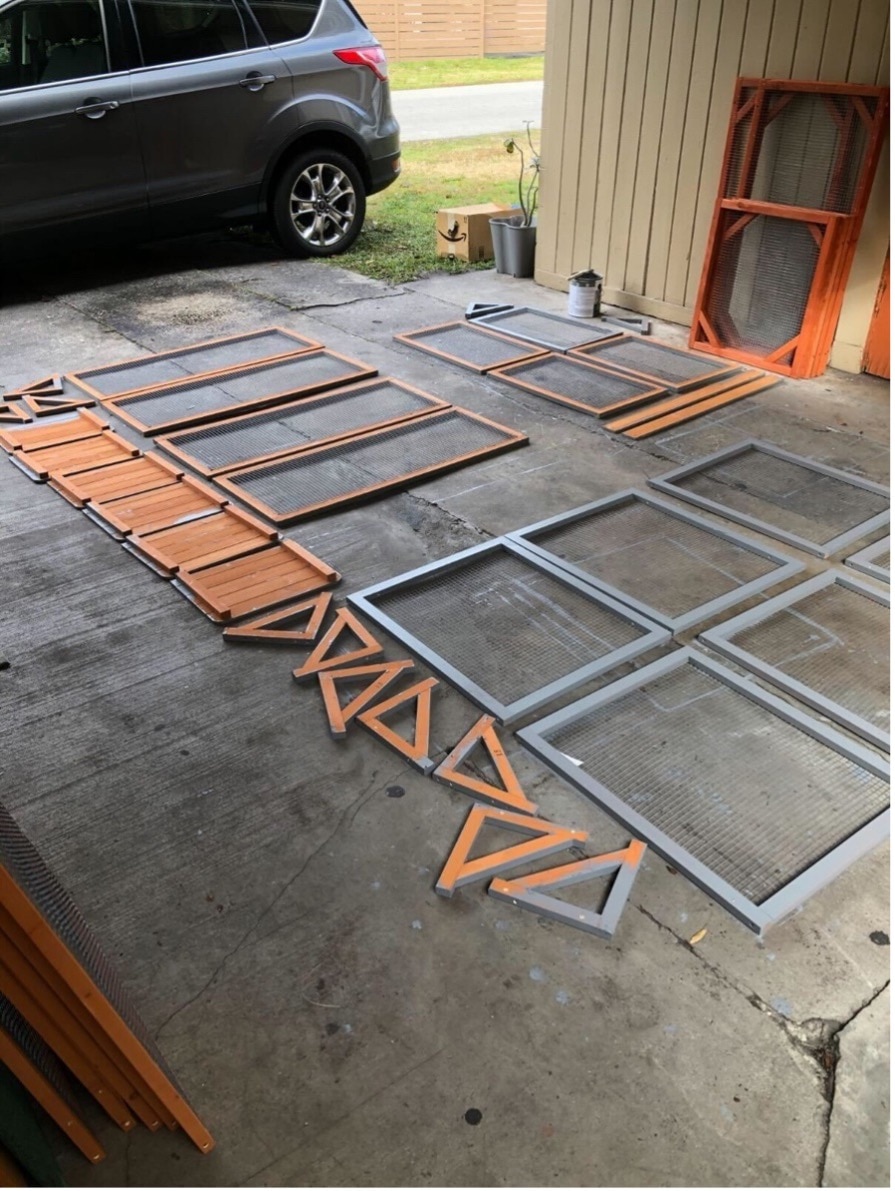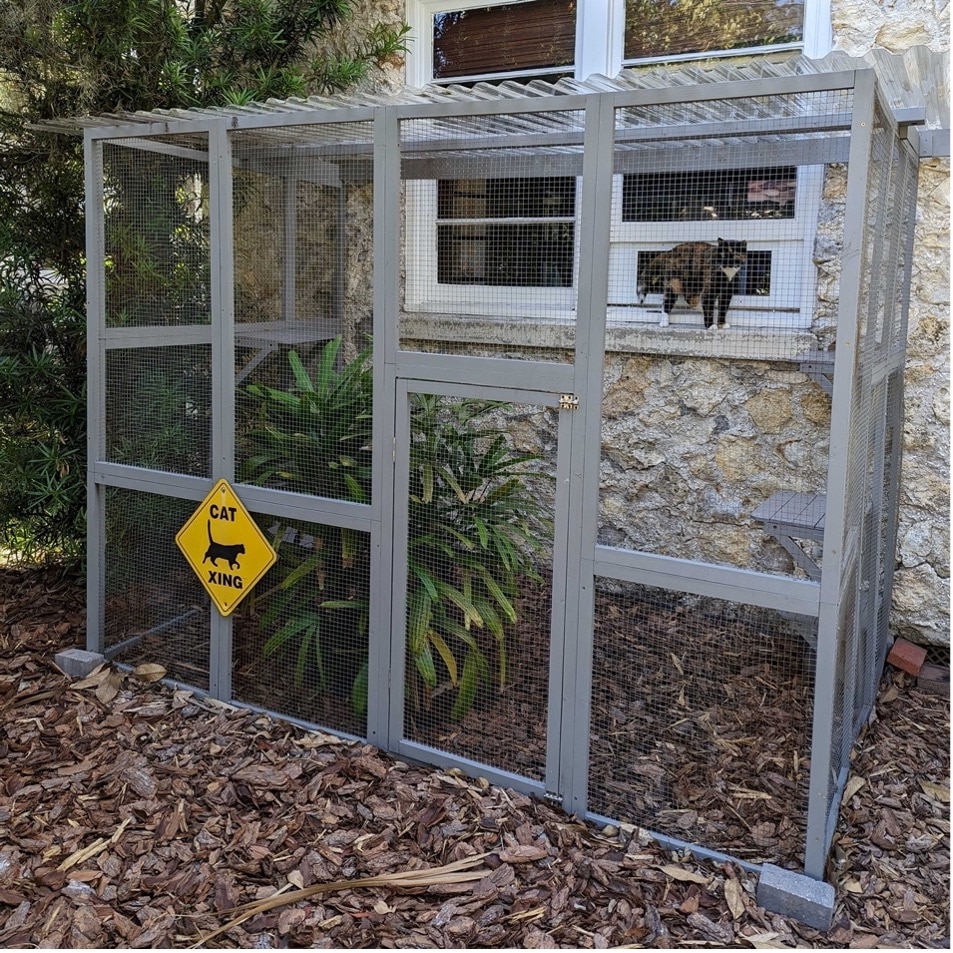Everything You Need To Know About Catios for Cats
A catio is a cat enclosure designed to provide outdoor space for cats in a safe and secure manner. The popularity of catios has been increasing in recent years as more cat parents learn about the benefits of allowing their cats to experience the outdoors while protecting them from potential dangers such as cars, predators, and other hazards.
Design and Construction of a Catio
There are many ways that a catio can be constructed—it all depends on the size of the enclosure, the materials used, and the location. Catios can be constructed as standalone structures, attached to your house, or added to an existing window. They can be designed to fit in small spaces or to cover an entire backyard.
The materials used to construct a catio can vary, but common ones include wood, wire mesh, and plexiglass. Wood is hard to disinfect, so keep this in mind when building or using your catio if your cat is currently sick or has a potentially contagious disease. Consider reaching out to the Pet Poison Helpline before using any chemicals or treated wood to confirm that your cat will be safe.
What Should My Catio Look Like?
The enclosure should be designed to provide enough space for cats to move around comfortably, and include features such as highly placed perches, vertical and horizontal scratching posts with different types of substrates, and plants that stimulate interest for your cat (such as oak and cat grasses, lavender, or fan palms). Always ensure a plant is not toxic to your cat before adding it to your catio, which should also be designed to allow easy access for humans to clean.
Catios can be designed to be simple or elaborate, depending on your preferences and budget. Some can be designed with intricate pathways and multiple levels that can allow for a more stimulating and enriching environment for the cats, while others are simply a fenced-in area with a few features for the cats to enjoy.
Should I Build or Buy My Catio?
If you want to keep it simple, purchasing a catio (such as the Coziwow Cat Playpen) is easy and saves you the time and commitment to building your own. Just make sure you find one that has enough space and secure locks.
But if you’re looking to flex your DIY muscles–building your own could be a fun adventure. You can find specific details related to the catio you want to build by checking out DIY catio plans and purchasing materials designed for that enclosure. A step by step guide will be essential when building your own.
Building Your Own Catio
Below is a photo of basic components that come in a ready-made assembled pack. Many of these pre-made kits are ready to be put together. Weatherproofing may be needed depending on your location. Instructions are simple and parts are labeled.

The catio before (above) and after assembly.

Benefits of a Catio
The benefits to having a catio are numerous!
By providing a safe outdoor space for cats, catios can help prevent cats from being harmed by cars, other cats, coyotes, or other outdoor hazards. Additionally, they provide mental stimulation and enrichment for your cat by allowing them to experience the sights, sounds, and smells of the outdoors while remaining safe and secure.
This can help reduce the amount of time and emergency veterinary bills that occur due to injuries while free roaming outside. By increasing their mental and physical enrichment, you can also decrease their risks to serious medical conditions such as stress cystitis and urinary blockage, obesity, and other chronic illnesses.
Featured Image: Adobe/kayeela
